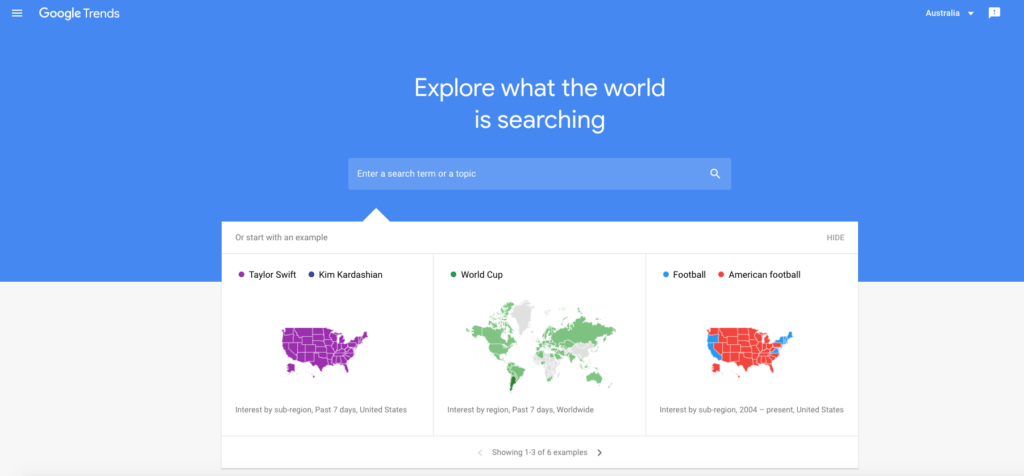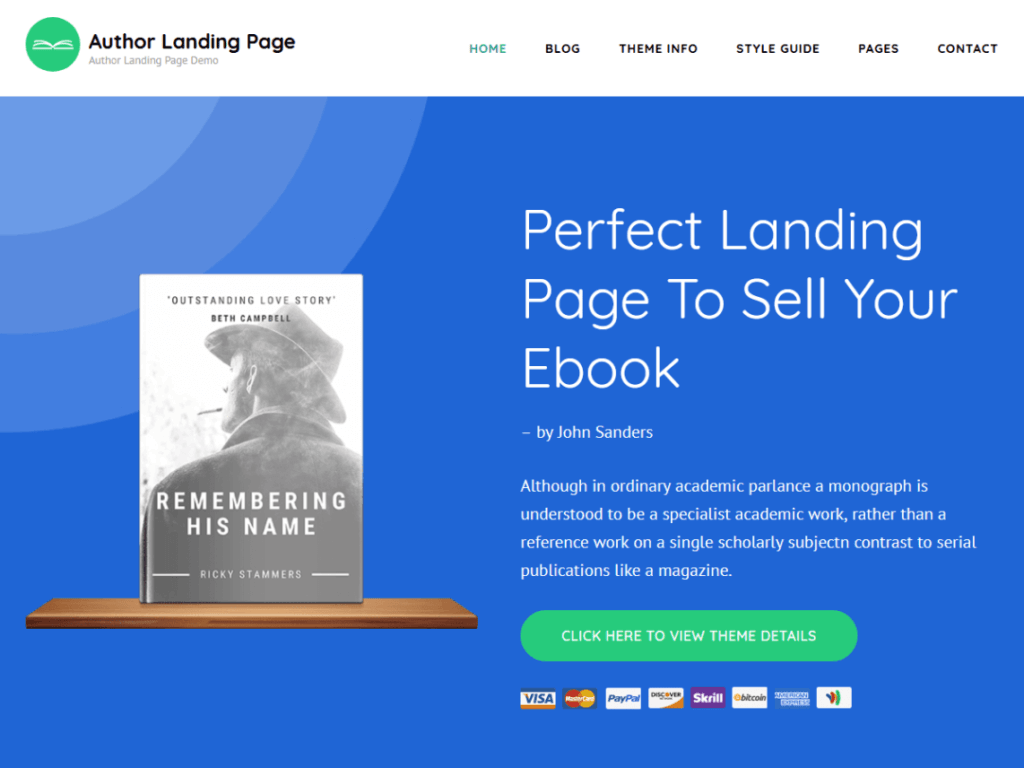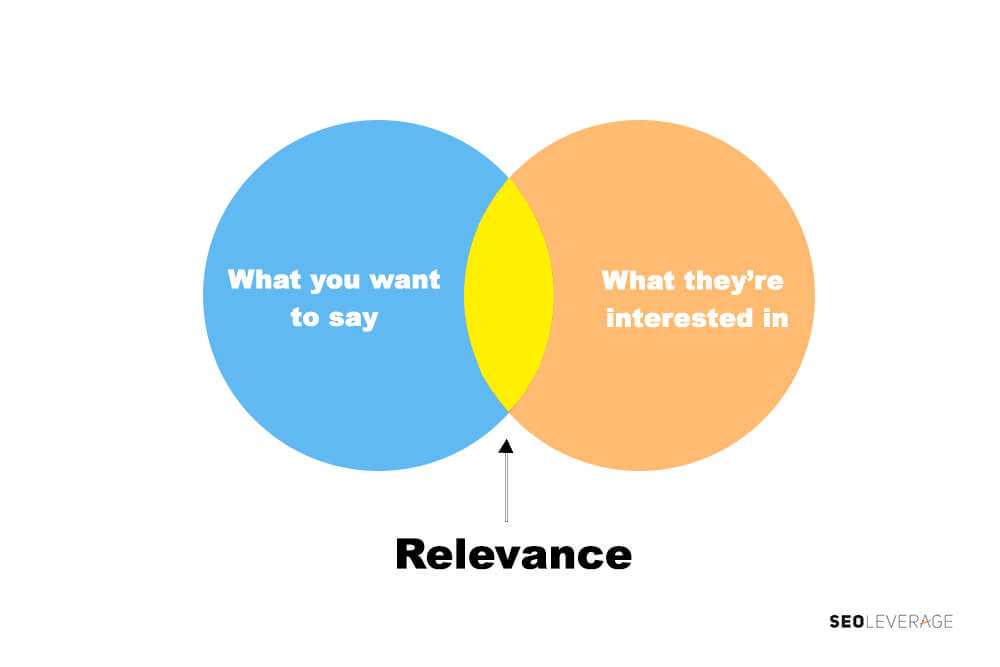There’s no contest: Google is the top search engine of our time, processing more than two trillion searches every year. It’s no wonder a lot of advertisers are using Google to publish their pay-per-click ads.
But while a lot of businesses use Google ads to drive traffic to their site, there are also ones that rely on organic search results. These are the results generated naturally, without any payment involved.
Organic search is a pretty powerful way of getting leads. According to HubSpot, Google organic search equates to 94% of all web traffic.
And considering that 93% of all online experiences start with a search engine, you must make your website as attractive as possible the moment a potential prospect sees your link on the Google search results.
Want to know the best way you can leverage Google organic search? Here are some tried and tested tips onon how to maximize your leads from Google Search:
Traffic is useless if it’s not the right traffic. As such, you need to make sure that your business is appealing to your target market so that you don’t just get random traffic, but traffic that you can convert into high-quality leads.
But how can you attract your target market if you don’t know what they want in the first place?
Knowing your audience’s needs, wants, goals, and pain points will make it easier to get them interested in your offer and become your leads.
Create a buyer persona, which is a generalized profile of your ideal customer. It describes the characteristics and traits of someone likely to buy your product or service.
For instance, if you’re selling cookware, your buyer persona would likely be stay-at-home moms in their late 20s to 40s who want to cook healthy meals for their children.
But remember that you can also have more than one buyer persona, as many businesses target different types of people.
Following the cookware example, you may also want to have another buyer persona for working moms who are looking for a quick way to create meals for their children.
Some of the things you need to establish in your buyer persona are:

This one’s a no brainer. After all, SEO is all about ranking on the first page of search engines. It’s basically your best shot to get noticed and acquire leads through organic Google search.
According to Backlinko stats, the number one result in Google’s search results gets an average clickthrough rate (CTR) of 31.7%. It’s more likely to be clicked than results below it.
And moving just a spot higher—especially if you’re in the top five search results—will increase your CTR by 30.8%.
That’s how much SEO matters for your site visibility and traffic.
And if you only have to remember one thing about SEO, it’s keywords.
Keywords are what people type on Google’s search bar. So, if you use the right keywords in your site, you’ll receive traffic from people who are actually looking for you as well. Perfect match!
You should also make sure to put the keywords in your URL, as statistics show that URLs containing a keyword have a 45% higher CTR compared to those without keywords.
You can use tools like Google Trends and Google Keyword Planner to help you identify the right keywords that will help your site rank on Google.

Have you heard about micro-moments? It’s that intent-rich moment when users turn to their devices to act on a specific need.
According to Google, these needs can be summarized as:
People expect immediate answers that align with their micro-moment.
For instance, if a user searches for a purse, she’s having an I-want-to-buy micro-moment, so she expects Google to give her a list of stores where she can buy purses.
So, if you want to generate more leads, you must consider the search intent of users. Which moment offers the most value to their goals?
One way to incorporate micro-moment in your lead generation is by using transactional keywords. These keywords target users with the intent to purchase something. Examples of these are “wedding photographers” and “best burger joints in LA.”
To help you find these keywords, you can use keyword research tools like Google Trends, Ubersuggest, and Keywordtool.io.
So, your SEO efforts paid off, and your site link has reached the top of the Google rankings. Congratulations!
But your efforts shouldn’t stop there.
You should also optimize your landing page, which is the page where your visitors land once they click on your URL. If it’s slow, unresponsive, and doesn’t meet their expectations, they’ll leave. And just like that, no leads.
Invest on a topnotch landing page that offers a quick, intuitive, and hassle-free user experience. A seamless transition from the Google search results to your landing page will make your users feel more at ease in giving their name and email to you.

Sometimes, your site visitors need more information than what they see on the landing page before they become a lead.
Don’t make it a struggle for them to find that information. Make your site easy to navigate so that your visitors can easily find the things they need with only a few clicks.
Many businesses use headlines like “About,” “Products,” “Services,” and “Contact” to organize their website. They may sound generic, but they’re easy to understand on the part of your audience.
If you want to add more categories, you can organize them as sub-categories under the headlines so that your audience knows where to look.
For example, if you are selling laptops, you can use the brand names as sub-categories under the “Products” heading. When a visitor hovers over the tab, he’d see a list of those brands and click on it.
Another alternative is to have your most popular brands as headings in your navigation so that your visitors won’t have a hard time looking for them—they’re right there on the page!
When your site is organized and can be easily navigated, your visitors tend to stay longer, thus increasing their chances of becoming your customer.
Everyone loves freebies, and one of the easiest ways to give something free to your target market is by providing them with free, useful, and relevant information.
Content marketing is one of the most valuable lead generation tools that you can harness, as it provides your audience with the knowledge they seek.
People go on Google to search for information, and if you give it to them for free, your company will gain trust, credibility, and authority in their eyes. They’re also more likely to check out your business in the process, and eventually become your lead or customer.
There are many ways to publish content these days. You can write blogs, create infographics, make videos, or give out free e-books and guides. You can also use a combination of all these content types to keep things fresh and exciting for your audience.
Once again, keyword research is your friend in finding topics that will resonate with your audience. You can also type in a keyword and wait for Google’s Autosuggest to see what most people are searching for and create content around those.
The Google search results page is also a great tool to use in finding topics to write about. Check out the questions under the “People also ask” section, as well as the related searches at the bottom of the page.
Make sure that you focus on creating industry-related content to ensure that you’re driving organic links to your site.
If your website is selling medical devices, you can write something about the novel coronavirus, but you can’t do that if you’re selling flowers. That’s not relevant to anyone looking for flowers or florists.

NAP stands for name, address, and phone—basically, your online identity. You may not be aware of it, but your NAP affects your Google rankings, too.
Keep this info consistent across all your channels—whether it’s on your website, map listing, and other directories where you submitted your company website. Conflicting details will only confuse Google, causing you to rank low and limiting the number of leads you might get on Google Search.
Google search is a cost-effective way to get traffic to your site, increase leads, and convert them into customers and clients. Don’t forget to utilize the tips mentioned above if you want to grow your business online using organic search results.



